An article in the NY Times earlier this week addressed the increasing gap in technology use and expectations among our youngsters today.
The article predicted that our current elementary students will be considered “Old Fogies” by the time they are in their 20s, based on the speed of new technology developments and the present gap in technology skills.
Researchers have often named generations as a grouping of people born in a span of 20-22 years (think Baby Boomers, Generation X, etc.). When it comes to technology, though, students will see an evolution of technology every 5-6 years. Researchers predict that there will even be a great divide among older and younger siblings in technology development, usage, comfort and purpose.
With new technologies developing this quickly, and students seemingly born with an iPod in one hand and a cell phone in the other, what is a teacher to do?
1. Let students teach. When developing assignments and opportunities for independent practice, open the planning process to students. Even if you don’t know how to create a vodcast on the Civil War, a student might be able to utilize software at home or school to illustrate their knowledge in the area.
2. Add online components. Find a website or two that supports your curriculum, and try to utilize it daily in your class. A good place to start looking is your textbook publisher – they often include links to websites and provide online learning tools. A blog or wiki would also be a great online piece to easily integrate.
3. Utilize your strengths. Integrating technology doesn’t mean you have to create new lessons. Instead, start with a favorite lesson or unit and incorporate a technology strand into the plan. Perhaps in a study of Romeo and Juliet, students can create a comic strip (try Pixton or ToonDoo) that summarizes a passage or rewrites it into modern times. When you are already excited about what you are teaching, it’s easier to add an unfamiliar component.
4. Become a student. Utilize online learning opportunities through Atomic Learning at Iowa AEA Online if you are an Iowa Educator. If you are not in Iowa, or what you seek to learn isn’t available through Atomic Learning, look for online tutorials and handouts for educators through the software you plan to utilize.
5. Call in the professionals. Ask students for input. What would inspire them in the classroom? What technology do they use daily? How do they envision that technology common to them could be integrated in the classroom? You can develop a list of great ideas, and research them more with your curriculum team or turn them over to your technology director. Ask that technology director or mentor for help. Do they receive journals, magazines, articles or newsletters that you might find helpful? Are they trained in a software that they can demonstrate to your students? Are there other teachers in your building that could introduce a skill to your students while you cover their class, or even give up a prep period once a month? Can you bring your class to watch another teacher in the computer lab deliver a lesson, and then your students can have opportunities to learn from the other students as well? Don’t forget about parents and community volunteers – many of them are utilizing the same technologies in their offices that schools are using, just for different applications. Invite them into the classroom to share their experiences or teach students the ins and outs of a program.
With any of these ideas, do your research first. You don’t want to turn your students loose on a new website or software program without knowing what to expect. If using a website, see if there is a secure section just for educators. Many of the popular animation and comic strip building sites now offer a separate atmosphere for student use, with more appropriate characters, actions, scenes, etc.
Also, run your ideas by a technology coordinator or administrator to see if you technology policy allows students to use the tools and programs included in your plans, and if your network/computer setup will support them.
And, remember that despite the increasing gap in technology knowledge between teachers and students, you are still in a position to greatly impact and inspire our future generations. Embracing technology in your classroom only intensifies the interest and energy you can create with learners.
